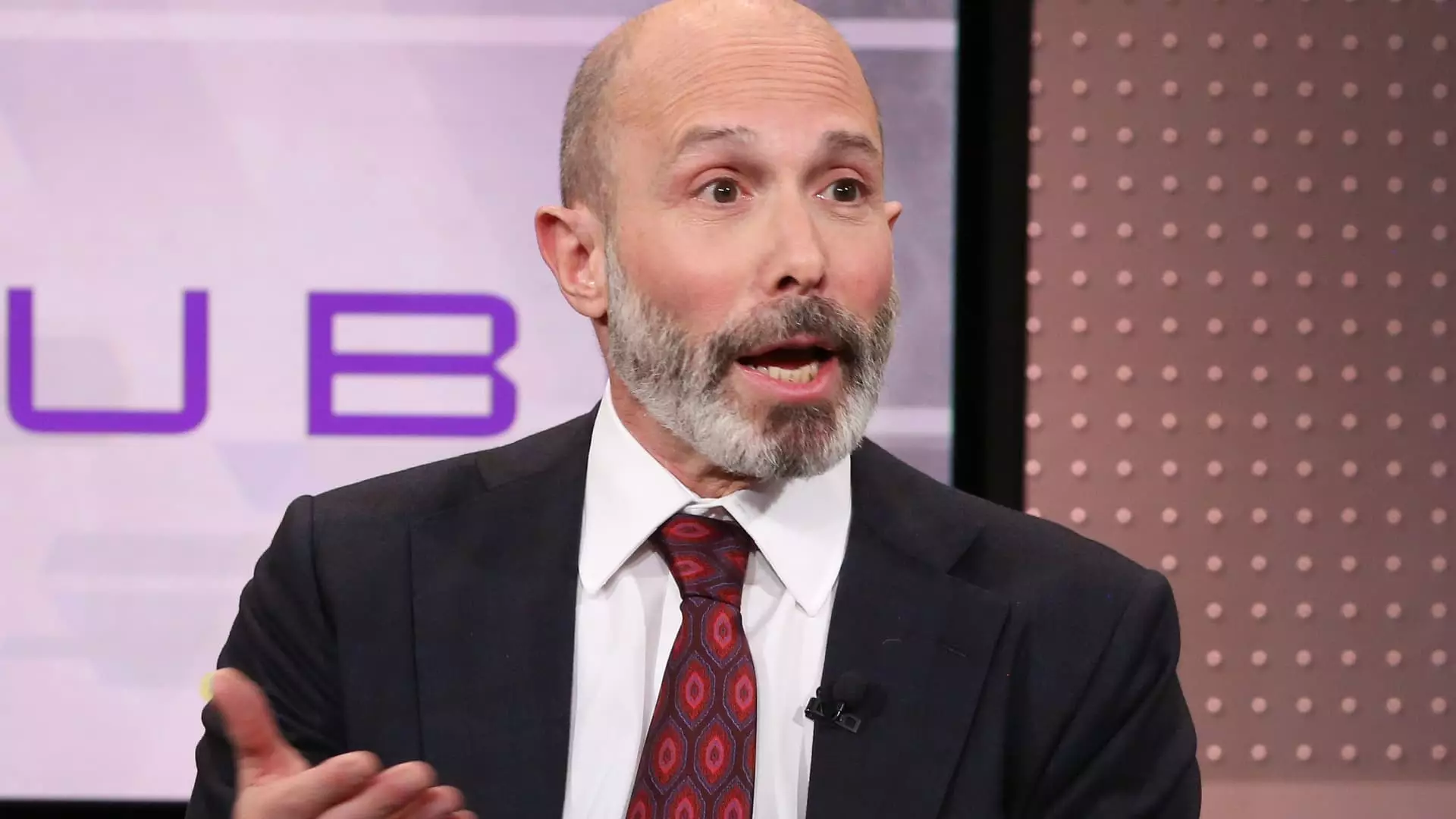California’s insurance market has become increasingly daunting, illustrating a complex interplay of natural disasters, regulatory constraints, and economic pressures. Chubb CEO Evan Greenberg, whose stewardship has led to robust corporate performance, has emphasized the principle that the company will not engage in underwriting when the potential returns do not justify the risks involved. This cautious yet strategic approach has not only safeguarded Chubb’s financial health but has also yielded a landmark year in 2024, which Greenberg proudly proclaimed as the best in Chubb’s history during a recent earnings call.
The company’s recent stock performance reflects this resilience, with shares seeing a commendable uptick of 3% and a year-over-year increase of 13%. However, the stock’s climb has not been without its challenges, particularly as the Los Angeles region has faced devastating wildfires, underscoring the vulnerabilities that insurers like Chubb encounter.
Amid the tumult of wildfire threats, Greenberg was forthright in acknowledging that Chubb anticipates incurring net pretax costs of approximately $1.5 billion in the forthcoming quarter due to these catastrophic events. To mitigate risks, Chubb has proactively slashed its exposure to affected regions by 50%, an effort aimed at protecting both the company and its stakeholders.
However, the market constraints imposed by regulatory bodies and consumer advocacy groups have complicated matters significantly. These entities often hinder insurers from adjusting premiums to reflect the true risks associated with calamities like wildfires. Greenberg highlighted the paradox of artificially suppressed prices, arguing that they incentivize individuals and businesses to occupy increasingly hazardous areas. This unsustainable pricing model, he cautions, ultimately burdens the citizens of the state, perpetuating a cycle of risk and vulnerability.
In the face of industry-wide challenges, Greenberg expressed optimism about Chubb’s capacity to maneuver through turbulent waters. The CEO articulated a commitment to sustaining double-digit growth rates in operating earnings and earnings per share (EPS), driven by three key sources: property and casualty underwriting, investment income, and life insurance contributions.
The industry is currently grappling with prolonged inflationary pressures, leading to a scenario where rates must escalate merely to maintain status quo profitability, potentially inhibiting margin enhancement. Yet, Chubb’s competitive edge in the commercial middle-market sector—targeting firms with revenue below $1 billion—is positioned for growth. Unlike regional and mutual insurers that lack equivalent resources, Chubb’s data analytics capabilities and robust reinsurance partnerships fortify its market position.
Recent performance metrics underscore Chubb’s significant achievements. A remarkable 7% rise in property and casualty underwriting income for 2024 is complemented by an impressive combined ratio of 86.6%. The firm also reported a nearly 10% surge in global property and casualty premiums written, alongside a noteworthy 18.5% increase in life premiums measured in constant dollars.
In the latest quarter, Chubb’s net income surged to $2.58 billion, translating to $6.33 per share, with adjusted earnings hitting $6.02. Such figures reveal a firm that is not just weathering economic challenges but thriving amidst them, driven largely by its focus on high-net-worth clientele. The 10% growth in premium income from this segment, including an astounding 34% rise in new business, showcases Chubb’s strategic pivot towards affluent customers seeking specialized coverage and service.
Chubb’s ongoing challenges are emblematic of broader trends within the insurance industry, especially in regions prone to natural disasters. The double-edged sword of rising premiums coupled with market constraints creates a tenuous balance that will require innovative solutions and strategic agility.
The firm’s commitment to sustainable growth, coupled with its effective risk management strategies, offers a blueprint for success in an environment characterized by uncertainty. As the industry navigates these turbulent waters, Chubb’s performance may serve as both a cautionary tale and a source of inspiration for other insurers facing similar adversities.
Overall, while California presents substantial hurdles for insurers, Chubb’s resilience and strategic decisions reflect an astute understanding of the market landscape. As the company continues to adapt and evolve, it remains to be seen how other insurers will react to the pressing demands of a rapidly changing climate and regulatory environment.

